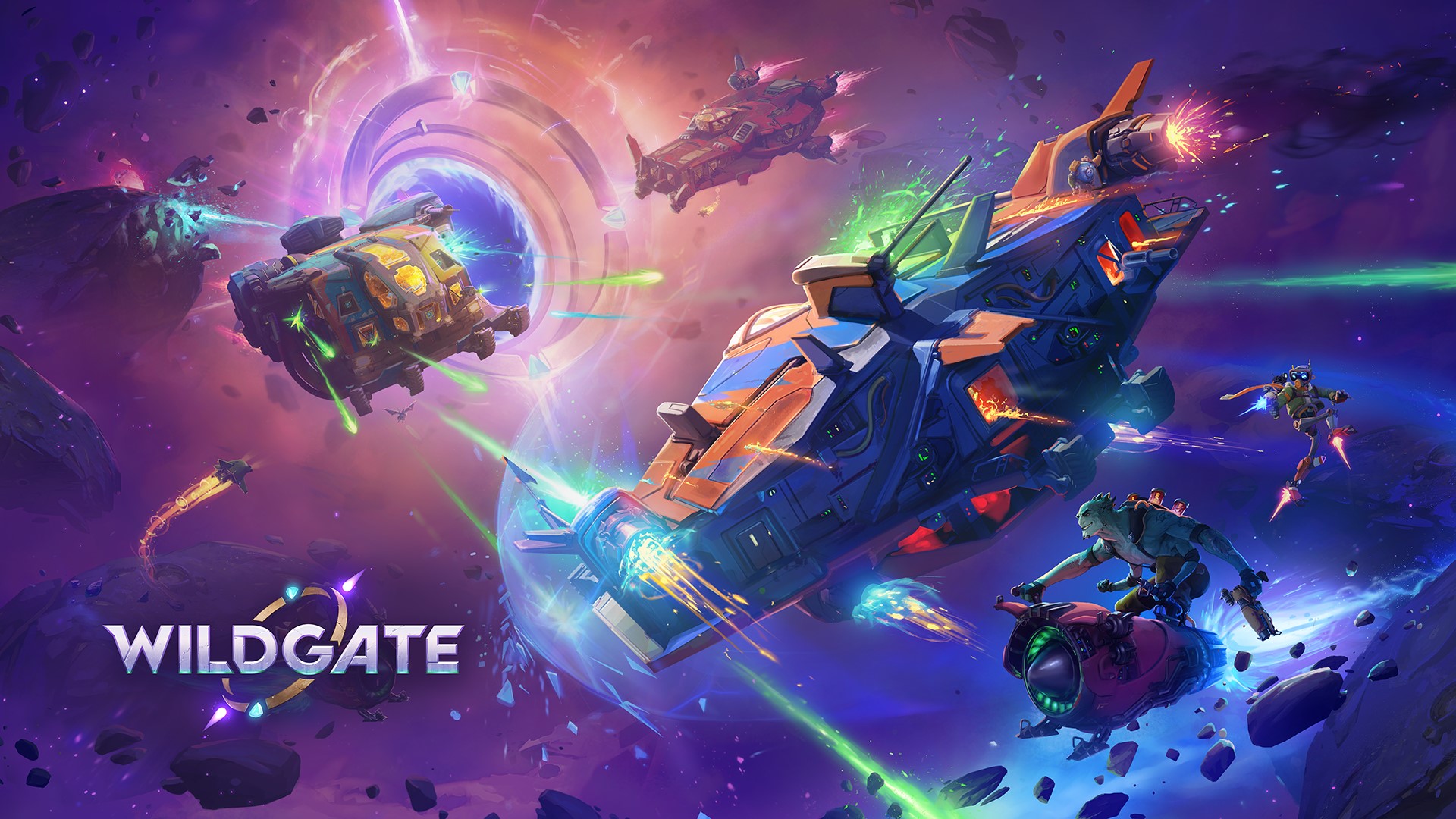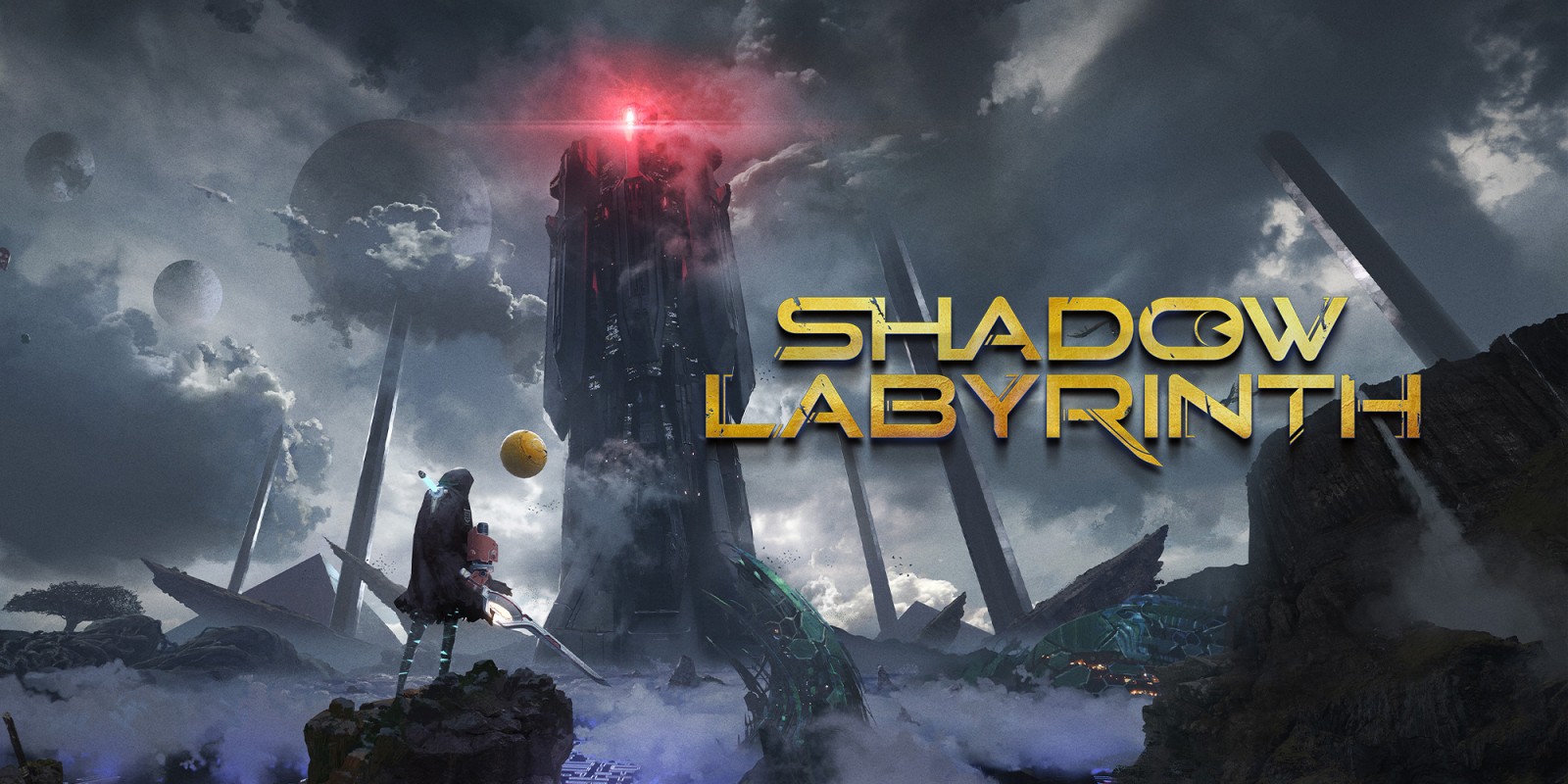Wildgate Game Review – A Portal to a Rich, Strategic Fantasy Realm
In a year filled with flashy AAA releases, Wildgate emerges as a quiet indie surprise, offering a thoughtful blend of strategy, mystery, and world-building. Developed by Luneth Studios, this turn-based tactical RPG drops you into a fractured realm where portals—called “gates”—link distant lands, strange factions, and forgotten ruins.
The game is as much about discovery as it is about combat, and the balance it strikes is surprisingly compelling.
A Story of Worlds Within Worlds
You begin as a wanderer marked by a glowing sigil—an artifact from a forgotten age that grants you access to the “Wildgates.” As you travel between broken realms, you piece together a larger mystery involving ancient powers, political conflict, and environmental collapse.
The story isn’t spoon-fed. Much like Dark Souls or Banner Saga, Wildgate trusts the player to unravel its lore through exploration, documents, and interactions with NPCs. Dialogue choices shape alliances, quests, and even the final outcome.
Gameplay: Tactical Combat Meets Open Exploration
At its core, Wildgate offers grid-based tactical combat, reminiscent of classics like Final Fantasy Tactics and Divinity: Original Sin. Each character class feels distinct, from Beastbinders who control summoned creatures to Void Mages who manipulate terrain and time.
But unlike traditional tactical RPGs, combat is just one part of the journey. Outside battles, you freely explore expansive areas, solve puzzles, manage camp resources, and gather lore. Think of it as a hybrid between tactical RPG and exploration adventure.
Key Gameplay Highlights:
- Multi-layered tactical battles with terrain modifiers and flanking
- Non-linear exploration across multiple realms
- Faction reputation system that impacts quests and endings
- Crafting and camp-building for survival elements
- New Game+ and branching story paths
Visuals & Sound Design
Wildgate uses a hand-painted art style with earthy tones and moody lighting. The environments feel alive — ancient temples creak, forests whisper, and the music swells softly in the background.
Character animations are a bit stiff at times, but the overall art direction makes up for it. The soundtrack is dynamic and orchestral, with quiet piano themes shifting into dramatic strings during boss fights. Voice acting is limited, but well-delivered where present.
Performance & Platforms
Wildgate runs smoothly on PC and next-gen consoles (PS5, Xbox Series X), with minimal loading times and no major bugs encountered during our review. The UI is clean, although keyboard controls can feel a little clunky compared to a controller.
Steam Deck compatibility is decent, though occasional UI scaling issues persist.
Final Verdict:
Wildgate isn’t the loudest release of the year, but it might be one of the most satisfying for those who crave depth, strategy, and atmosphere. It offers a handcrafted world, tactical gameplay that rewards smart planning, and a story that unfolds with patience and curiosity.
If you’re a fan of tactical RPGs, fantasy exploration, or underrated indie gems, Wildgate is well worth stepping through.
System Requirements
Minimum:
Requires a 64-bit processor and operating system
OS: Windows 10/11
Processor: Intel Core i5-4440 or AMD Ryzen 5 1600
Memory: 8 GB RAM
Graphics: NVIDIA GeForce GTX 1050 Ti [4 GB] or Radeon RX 570 [4 GB] or Intel Arc A380 [6 GB]
DirectX: Version 12
Network: Broadband Internet connection
Storage: 15 GB available space
Recommended:
Requires a 64-bit processor and operating system
OS: Windows 10/11
Processor: Intel Core i7-9700K or AMD Ryzen 7 3700X
Memory: 16 GB RAM
Graphics: Nvidia GeForce GTX 2070 [8 GB] or AMD Radeon RX 5700 XT [8 GB] or Intel Arc A580 [8 GB]
DirectX: Version 12
Network: Broadband Internet connection
Storage: 15 GB available space








